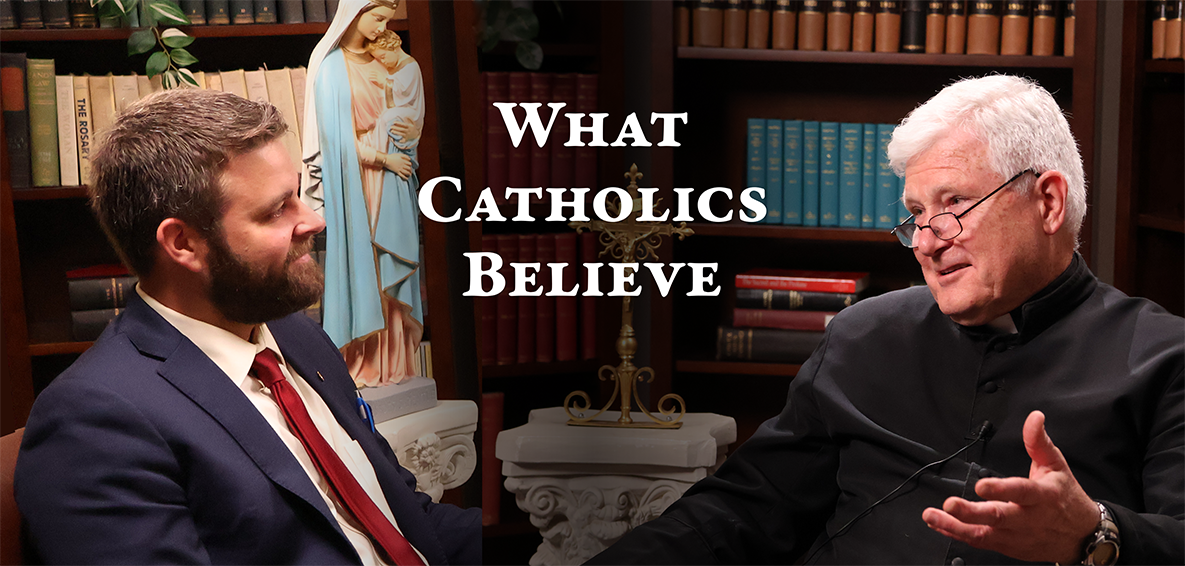Final Document of the Amazonian Synod

From the very beginning of his apostolic exhortation about the Amazon Synod, Querida Amazonia (February 2, 2020), Francis makes it clear that the agenda for the future church is to be found in the Synod’s final document: “I will not go into all of the issues treated at length in the final document. Nor do I claim to replace that text or to duplicate it. I wish merely to propose a brief framework for earlier documents, and that can help guide us to a harmonious, creative and fruitful reception of the entire synodal process. 3. At the same time, I would like to officially present the Final Document, which sets forth the conclusions or of the Synod, which profited from the participation of many people who know better than myself or the Roman Curia the problems and issues of the Amazon region, since they live there, they experience its suffering and they love it passionately. I have preferred not to cite the Final Document in this Exhortation, because 1 would encourage everyone to read it in full." Thus, if we wish to understand the new path which the "Synodal Church" of Francis is following, we must go to that final document. Here are but a few samples (emphasis added):
"108. In order to offer future priests of the Amazon's churches a formation with an Amazonian face, inserted in and adapted to the reality, contextualized and able to respond to the many pastoral and missionary challenges, we propose a formation plan in line with the challenges of the local churches and the reality of the Amazon. Its academic content should include disciplines such as integral ecology, ecotheology, theology of creation, Indian theologies, ecological spirituality, the history of the Church in the Amazon, Amazonian cultural anthropology, and so on. The formation centres for priestly and religious life should preferably be inserted in the Amazonian reality, with a view to keeping the young Amazonian in formation in contact with his or her own territory while preparing for the future mission, thus guaranteeing that the process of formation not distance itself from the people's lived reality and their culture, as well as offering other young non-Amazonians the opportunity to take part of their formation in the Amazon, thus fostering missionary vocations.
"116. The Second Vatican Council created possibilities for liturgical pluralism "for legitimate variations and adaptations for different groups, regions, and peoples" (SC 38). In this sense, the liturgy should respond to culture so that it may be the source and summit of Christian life (cf. SC 10) and be really linked to the people's sufferings and joys. We should give an authentically catholic response to the request of the Amazonian communities to adapt the liturgy by valuing the original worldview, traditions, symbols and rites that include transcendent, community and ecological dimensions.
"119. The new organism of the Church in the Amazon should establish a competent commission to study and discuss, according to the habits and customs of the ancestral peoples, the elaboration of an Amazonian rite that expresses the liturgical, theological, disciplinary and spiritual patrimony of the Amazon, with special reference to what Lumen Gentium affirms for the Oriental Churches (cf. LG 23). This would add to the rites already present in the Church, enriching the work of evangelization, the capacity to express the faith in their own culture, and the sense of decentralization and collegiality that can express the catholicity of the Church. The commission could also study and propose how to enrich Church rites with the way in which these peoples care for their territory and relate to its waters."
From what we have witnessed in the Vatican Gardens and in the churches of Rome before, during and after the Synod, the theology and spirituality of the "ancestral peoples" includes the worship of the Earth Goddess (Pachamama) and of the Serpent Goddess (Sachamama) in rituals of idolatry, blasphemy and sacrilege.

